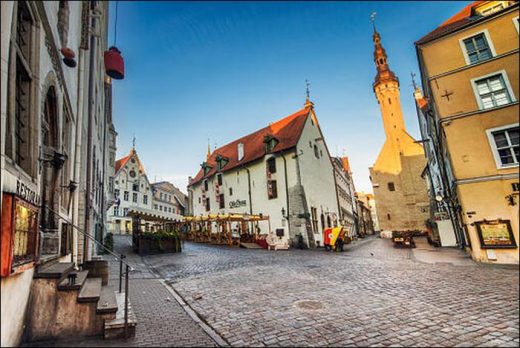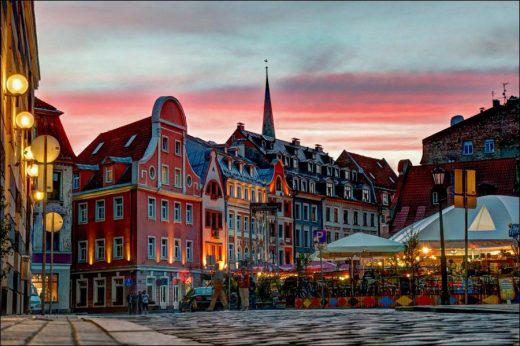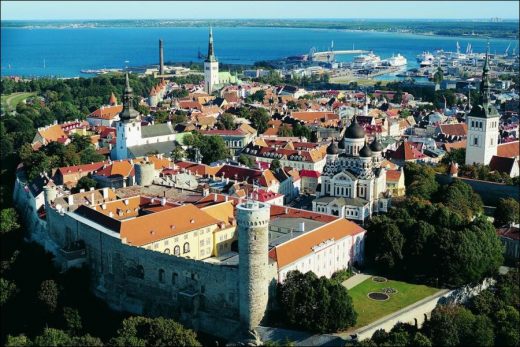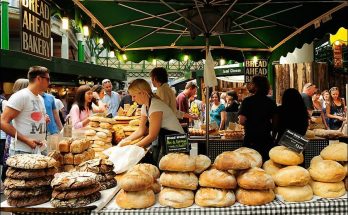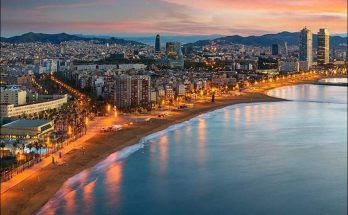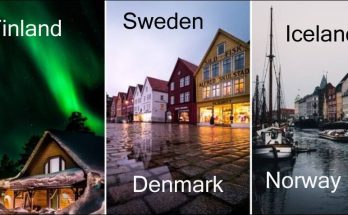Tallinn, the capital of Estonia, which is the right address to witness white nights in summer, is almost like the north of Prague. In the country, which has a population of only 1.4 million, the revolution took place with songs, and hundreds of thousands of people gathered in the Festival Square expressed their demands for freedom with songs. What falls to the Russians in this scene is to go back and forth. Here are five steps in Tallinn.
Estonia, the smallest of the three Baltic countries, is a big name in high technology. Some call it the Silicon Valley of the Baltic, and some call it Estonia. Nothing is a coincidence, in the 1950s the Soviet Union established the Tallinn Cybernetics Institute here. Three-quarters of Estonians pay their taxes on the internet, most of them use the game on their laptops and pay the parking fee via their mobile phones. Wireless internet signals cover every corner in the city. Tallinn, whose name means Danish town, changed hands until the 20th century. It came under the sovereignty of the Russians in 1920, a struggle for independence was fought for a while, but the Soviet armies took Estonia back in 1939, until 1991.
1- Streets of Tallin
A medieval beauty surrounded by walls, Tallinn, the capital city, narrow streets, towers rising to the sky, cobblestone streets make people in a fairy tale. Come out to the highest point of the historical city, which is called Vanalinn in Tallinn, where the Parliament is located, as you go down to the Town Hall Square, you will be lost not only in the streets but also among the leaves of history. Fat (Chubby) Margaret and Tall (Pole) Hermann Towers, Alexander Nevsky and St Mary’s Cathedral, Long Leg (Pikk Jalg) Street, St. St. Nicholas Church, which has a 124-meter tower. Olaf’s Church and Town Hall are some of the surprises in the old city. Viru Gate is the gate that comes across when you enter the historical city from below.
2- Toompea Castle and its vicinity
The historical part of Tallinn is on the UNESCO World Cultural Heritage List. There are 26 defense towers between the walls. The top pink building, Toompea Castle, built in the 13th and 14th centuries, is used today as the parliament building. Alexander Nevsky Russian Cathedral, opposite the Parliament, is a colorful building with onion domes and the building built by Tsar Alexander in 1894 is filled with scenes from the Bible.
Look at the crosses at the top of the domes, you will see a crescent under the crosses. When they defeated the Ottomans, they were so happy that they showed this with the Ottoman crescent they put under the crosses. You will also see this in different places in Russia. If your path falls, Take a look at the domes of Peterof Palace in St. Petersburg.
3-Town Hall and Square
The building, built in the Gothic architectural style, is 600 years old and one of the oldest municipal buildings in Europe. The toilet inside is the highest toilet in the world, because they built it under the 77-meter tower! The City Square (Raekoja Plats), where the name is named, is the most crowded point of the city, full of restaurants and cafes all around the city. The oldest pharmacy in Europe is here and still serving, keep in mind that another is in Dubrovnik, Croatia. Garlic is used in all meals, including ice cream, in the Balthasar restaurant on the second floor of the pharmacy.
4- Kadriorg Palace
The palace, which has a large hall in Baroque style, is named after Katerina, the wife of Deli Petro. It contains an art museum with works by Dutch and Flemish artists and furniture and furniture used by Deli Petro. The palace has a beautiful park and pool, behind it is the residence of the President of Estonia.
5- Pirita
The place where water sports of 1980 Moscow Olympics were held in the communist period. The Olympic village turned into a holiday village. The marina of the city is also here. Continued lush forests. Near them is the Festival Square, where tens of thousands of people come together and sing in chorus. The festival is held every five years.
Visits: 987
